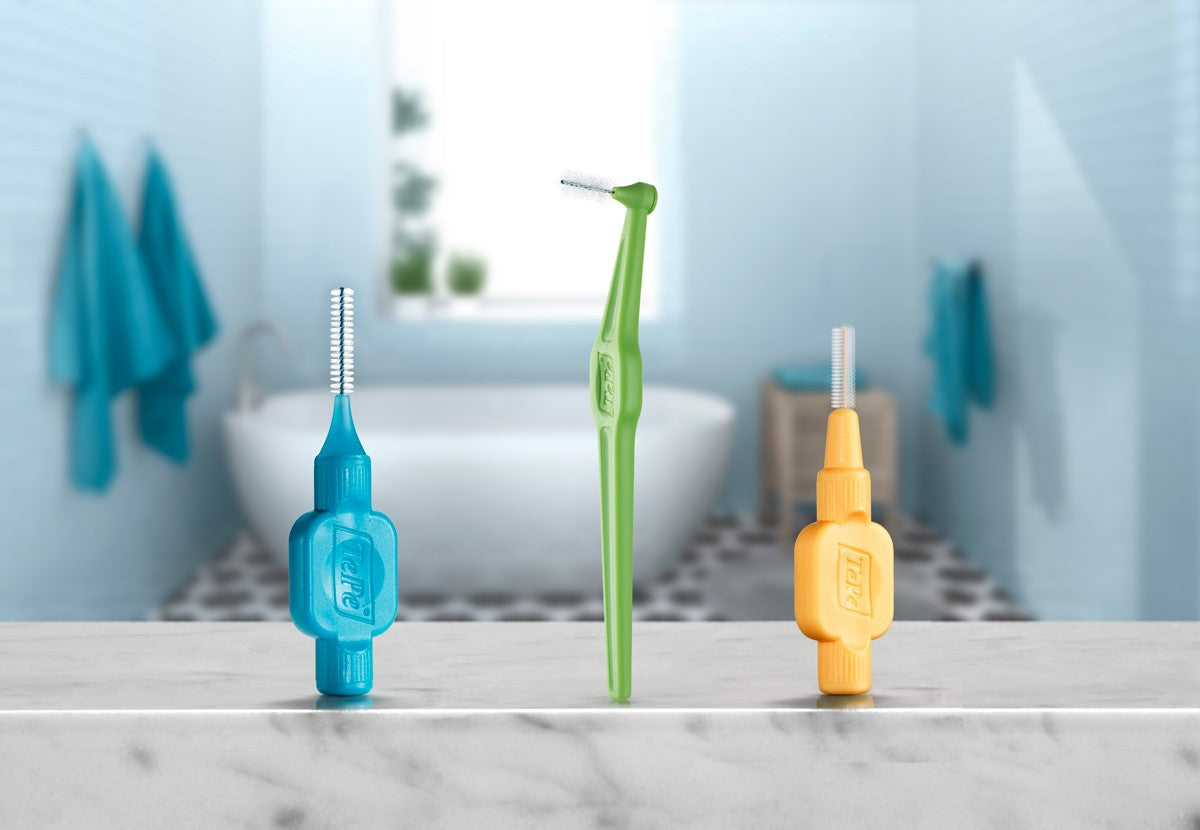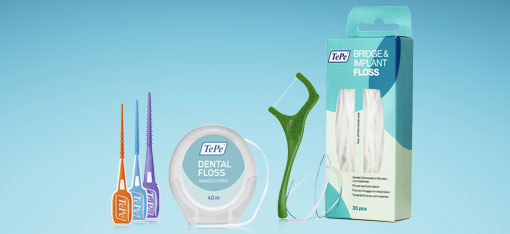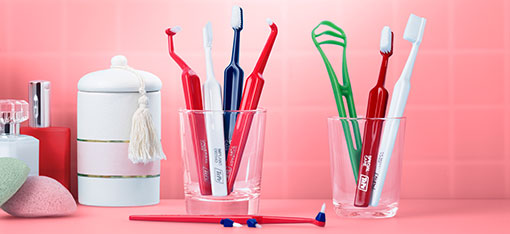Should everyone floss?
Let’s be honest - flossing probably isn’t the highlight of your day. It’s fiddly, sometimes uncomfortable, and easy to skip when you're rushing out the door or collapsing into bed. So the question many of us quietly ask is: Do I really have to floss?
The Short Answer: Yes, we have to clean between teeth every day, but flossing isn’t always the only answer. Let’s Talk About Why.
Cleaning between the teeth, also known as interdental cleaning, is important because it cleans where a regular toothbrush simply cannot reach. While brushing your teeth cleans the visible surfaces, it doesn’t reach the spaces between the teeth.
What Happens If You Don’t Clean Between Teeth?
Skipping, allows plaque - a sticky film of bacteria - to build up between your teeth. Over time, this can lead to:
- Cavities between teeth
- Gingivitis, the early stage of gum disease
- Bad breath (halitosis)
- Tartar buildup, which can only be removed by a dentist
Left unchecked, these issues can escalate into more serious problems like periodontitis, tooth loss, and even links to systemic health issues like heart disease and diabetes.
How Often Should Do I need to Clean Between My Teeth?
You should clean between your teeth at least once a day, preferably in the evening to prevent sleeping with plaque or food debris on your teeth.
Does Everyone Need to Use Floss to Clean Between Teeth?
There are other options to clean between your teeth like:
- Floss aids (flossers)
- Interdental brushes
- Water flossers
Flossing with string floss is a great option for you when:
- Gum tissue fills the area between the teeth. When you have healthy teeth and gums, there are less grooves and depressions of the natural tooth exposed. This means floss can adequately reach the interproximal surfaces and do a sufficient job at disrupting the plaque.
- Good dexterity. Flossing requires moving your hands inside your mouth and ensuring the floss reaches the right spots without harming your gums. It takes skill to make these small movements.
- Ability to open and get hands inside the mouth. If you have large or shaky hands, this can make flossing a struggle. You need to be able to adequately open and reach all areas.
- Ability to complete the skill of flossing. Flossing is technique sensitive and takes time. The effectiveness relies on you reaching every spot. Below are more directions on using string floss.
-
High motivation. The skill of flossing takes time to master, so you must be highly motivated. If you are rushed, your technique may be comprised. This could lead to using floss incorrectly, which could be less efficacious or harm your gums.
Cleaning between the teeth might seem like a small thing, but it plays a big role in keeping your mouth healthy. It’s a few minutes a day that can save you from cavities, gum disease, and even whole body health.
Read More:
Flossing | MouthHealthy - Oral Health Information from the ADA











Leave a comment